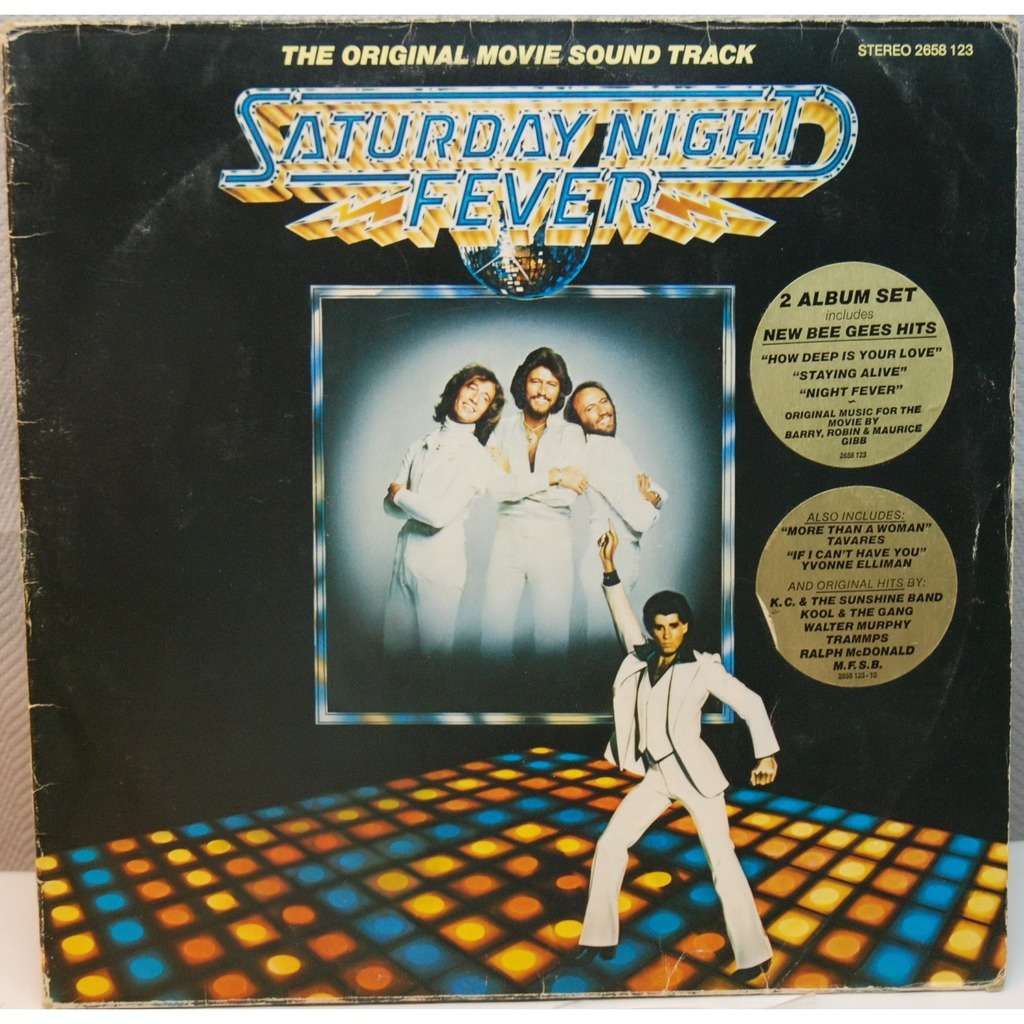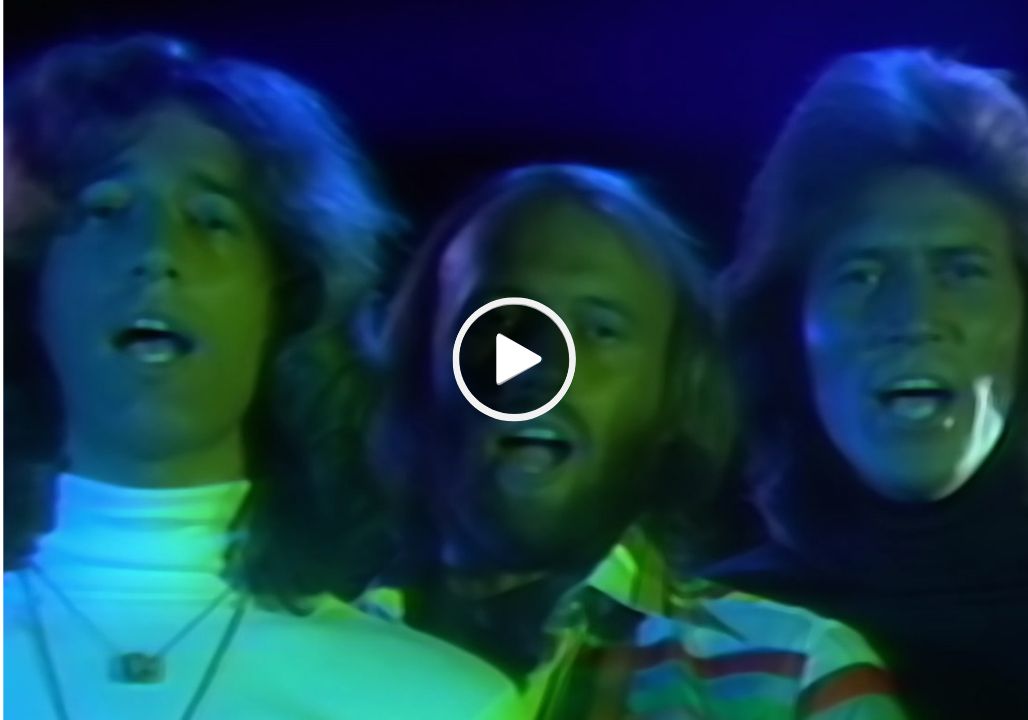Introduction

“Night Fever” by the Bee Gees isn’t just a song; it’s a cultural touchstone. Released in 1977, it became synonymous with the disco era and the iconic film “Saturday Night Fever.” But the song’s origins lie in a shift in the Bee Gees’ sound.
The brothers Gibb, known for their earlier ballads, decided to experiment with a new sound influenced by artists like Stevie Wonder and Philadelphia International Records. This experimentation resulted in a disco-tinged sound that caught the attention of producer Robert Stigwood. Stigwood, impressed by the brothers’ new direction, was working on a film about a young man, Tony Manero, who finds escape from his Brooklyn life on the disco dance floor. He envisioned the Bee Gees’ sound as the perfect soundtrack.
“Night Fever” wasn’t originally intended to be the film’s title track. Stigwood favored “Saturday Night,” but Robin Gibb expressed reservations. Ironically, Stigwood himself was hesitant about using “Night Fever” due to marketing concerns. However, the song’s infectious energy and perfect encapsulation of the film’s themes won him over. The film’s title was ultimately changed to “Saturday Night Fever” to match the song’s rising popularity.
“Night Fever” became a global phenomenon, topping charts worldwide and propelling the “Saturday Night Fever” soundtrack to record-breaking sales. The song’s driving beat, soulful vocals, and unmistakable falsetto perfectly captured the energy and yearning of the disco scene. It transcended the film, becoming an anthem for a generation yearning to escape their troubles and lose themselves on the dance floor.
So, put on your dancing shoes and crank up the volume. “Night Fever” is more than a song; it’s an invitation to a world of flashing lights, pulsating rhythms, and the sweet release of Saturday night.
